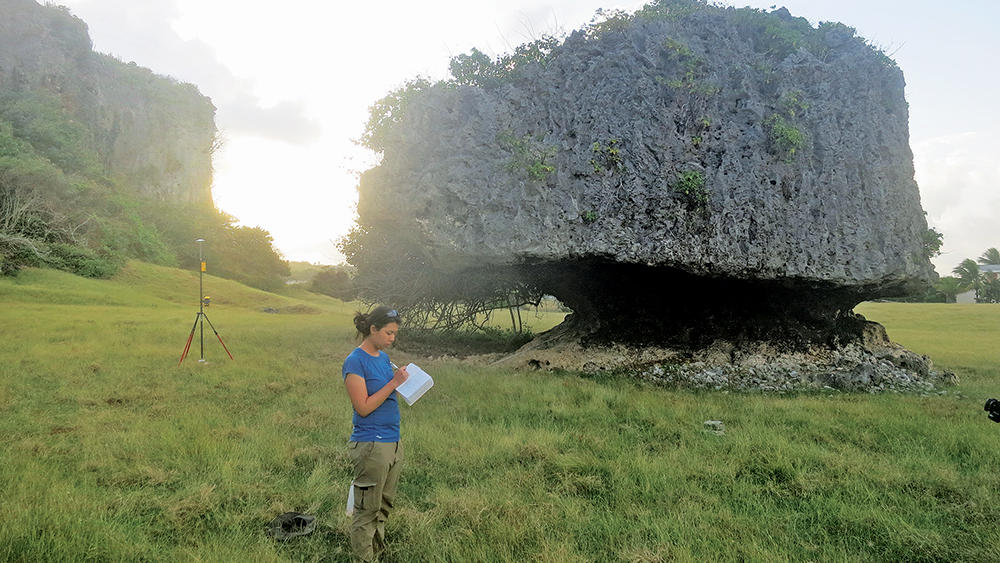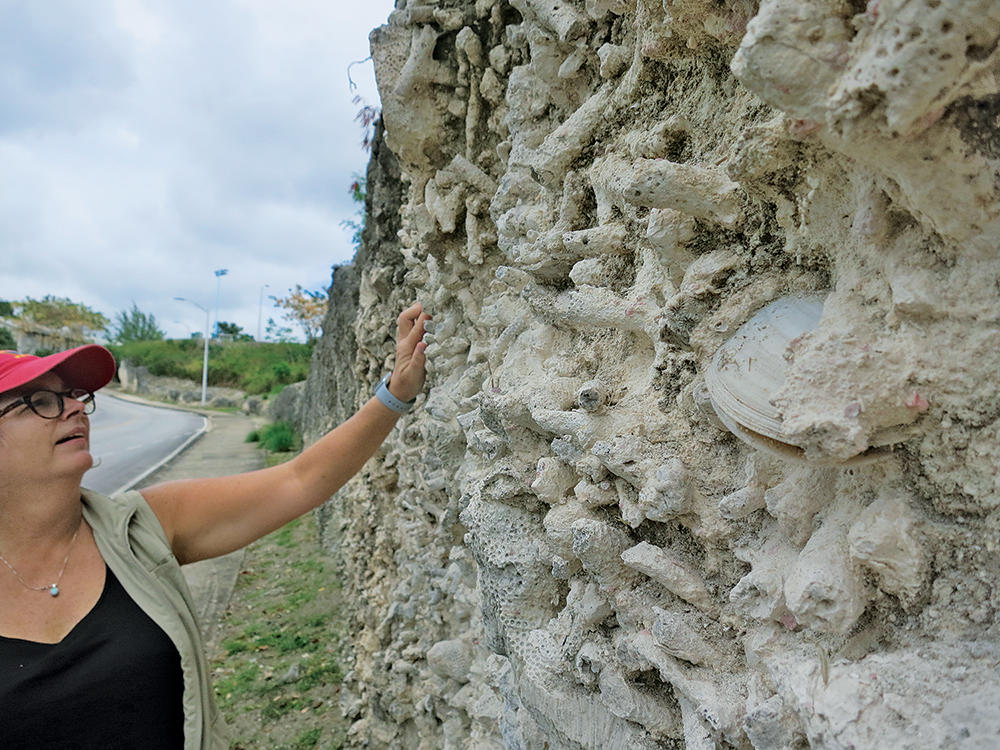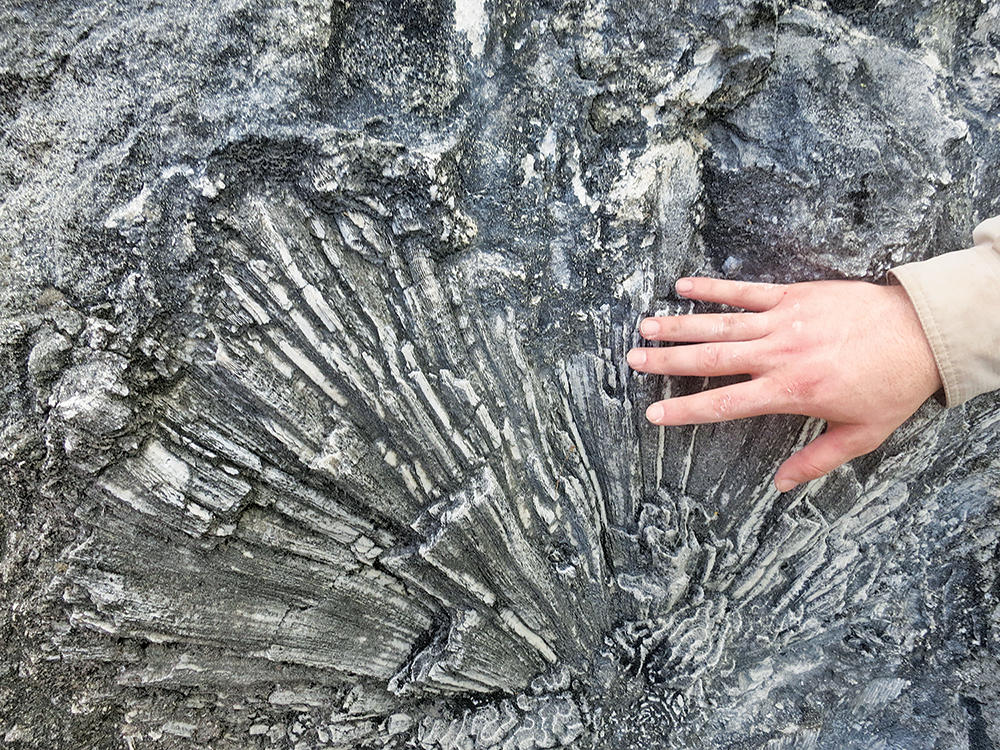With its white-sand beaches and sunny weather, Barbados is a well-known magnet for tourists. Less well known is that the Caribbean island is also a popular destination for geologists and climate scientists hoping to assess the threat of sea-level rise.
Barbados is ideally suited for this kind of investigation because it is made largely of fossilized corals that reach from its shoreline high into its hilly interior. Since some species of corals only grow within a few feet of the ocean’s surface, their chalky remains represent a reliable gauge of historical sea levels. By dating corals at various elevations on the island, Columbia scientists aim to determine how high our planet’s oceans rose in the past — and therefore how high they could rise in the future.
“The big question is: are sea levels going to rise by a foot, by three feet, or by ten feet in the coming decades and centuries?” says Maureen Raymo ’89GSAS, a paleoclimatologist and marine geologist at Columbia’s Lamont-Doherty Earth Observatory who recently led an expedition to Barbados.
Raymo and her colleagues are equipped with new analytic methods. A geochemical-dating technique perfected by Columbia graduate student Michael Sandstrom can pinpoint the age of coral with unprecedented accuracy. The team has also brought GPS instruments that allow them to fix the elevations of samples with greater precision.
The scientists’ work is complicated by the fact that the sea floor in this part of the Atlantic has for millennia been rising as a result of tectonic activity. “The corals on Barbados are being pushed upward at a rate of about a foot every thousand years,” says Raymo. “We must correct for that movement to extract the information we want.”
Raymo’s team is looking at a few key periods of global warming, including one that occurred four hundred thousand years ago, when the oceans may have risen anywhere from eighteen to forty feet.
“If we can fine-tune that estimate, the next challenge will be to determine how quickly the sea levels rose,” says Raymo. “And the answer to that question, too, should be in the corals.”
All photos by Kevin Krajick.






